Meet the Genghis Khans of the Plant Kingdom
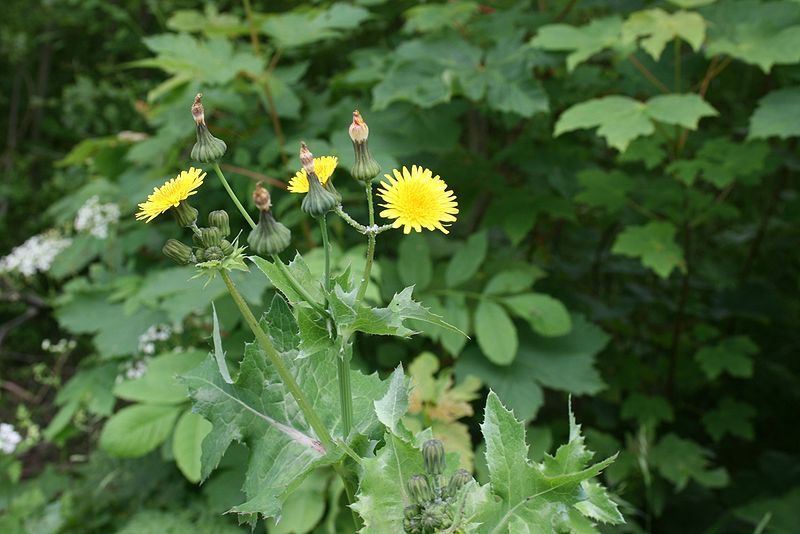
Sonchus oleraceus (Photo: Sten Porse/Wikimedia)
In human history, certain societies have made it their business to try to take over the world. In plant history, there are species with the same instinct.
Faced with a field of green, most people would have a hard time picking out the aggressors: leafy plants with flowers don’t look like much to our species, which, by instinct, is more concerned with bared teeth and sharp claws than fast-growing shoots and stubborn roots. But while people have been busy spreading to the ends of the earth, these plants have been on the same mission, often assisted by unwitting human allies.
For the first time, we have a comprehensive dossier on their activities.
Last week, an international group of scientists reported in Nature on the creation of a database of “naturalized plants”—species that have taken root outside their native habitat and maintained communities there without the help of humans. These are the colonists and invaders of the plant worlds, the tribes that strike out for distant lands in search of more or better resources. They make up 4 percent of all known plant species, and the most widespread species has established a presence in almost half of the land-based regions on this planet.
Not all alien plants are problems, but some do more than just establish a foothold: they take over and transform whole ecosystems. “That there are regions that have more aliens than native species—this is rather worrying,” says Marten Winter, the scientific coordinator of the Synthesis Centre at the German Centre for Integrative Biodiversity Research and a co-author of the Nature paper. The most aggressive invaders can choke rivers, fuel forest fires, push out native species, and cost hundreds of millions of dollars to control.
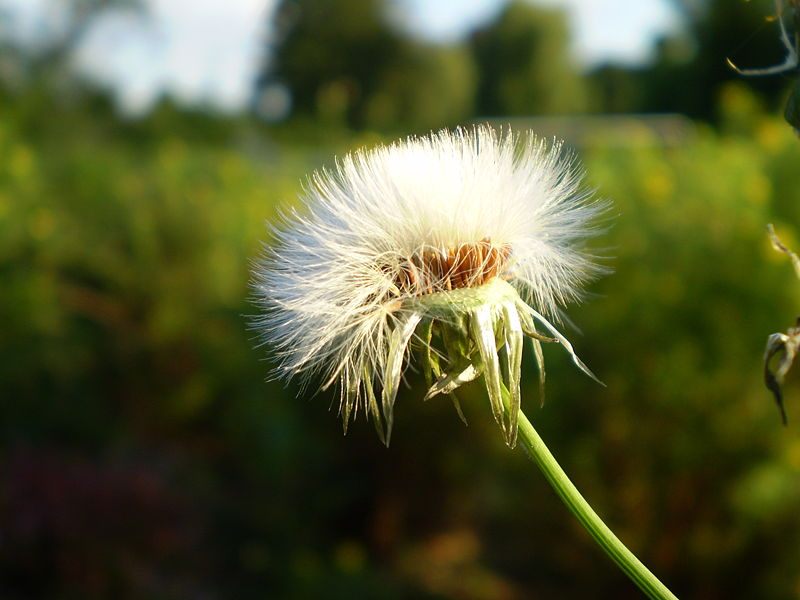
Sonchus oleraceus (Photo: Rob Hille/Wikimedia)
Common sowthistle, Sonchus oleraceus, is one of the most successful plants out there. It’s found in 393 of the 843 regions listed in the scientists’ Global Naturalized Alien Flora database—in more regions of the world than any other plant studied. (The database tracks how many countries, provinces or islands a plant is known to have colonized, not the total area of its spread.) The castor oil plant, Ricinus communis, is close behind, in 366 regions. Indian goosegrass, Eleusine indica, has found footholds in 302 different places.
These plants have used different strategies to further their expansionism. Common sowthistle, a dandelion with bright yellow flowers, is enjoyed by cows and can be eaten by humans; usually, it’s made its big moves when its seeds have mixed in with seed crops. The castor oil plant allied more directly with humans, as it produces the medicinal castor oil so loathed by characters of British children’s books and also looks quite nice in gardens. Indian goosegrass is the sort of thin, seedy plants whose long strips of pods catch in animal fur or hide in the soil on trips across oceans.

The castor oil plant (Photo: Llez/Wikimedia)
Sometimes people don’t even notice these plants are on the move. People often move them deliberately, to build a botanical garden for research, for instance, or an ornamental garden for simple pleasure. But these plants hop the fence, head out into the big wide world, and start a new life, thanks to us.
“Invasions are one of the main ecological process by which humans change nature,” says Winter.
But even if these plants travel with us, their quiet infiltration to spots all over the world has been difficult for humans to track. In some places, the records existed but were kept in private stores of data. In some places, the ground work hadn’t been done at all. The database that Winter and his colleagues built covers 83 percent of the world’s land area and is the most thorough look at plant invasions ever done.
“The challenge was to find out what sources are there, which might have the information and then to get our hands on it,” Winter says. “Emails had to be written in many languages. There are huge areas that very often in biogeography are white”—lacking in data. Chunks of Russia, for instance, are commonly blank. Part of the problem is that the data might not have been collected, but sometimes the data is missing simply because the researchers compiling it don’t speak the necessary language or don’t have good contacts in a region, Winter says.
Then there was the huge effort of standardizing data. “The name matching—the synonymy—is a huge, huge task,” he says. “Researchers might have a different view of how to name something.” One person’s common sowthistle might be another’s milky tassle, and even scientific names can change, over time.

Indian goosegrass (Photo: Matt Lavin/Flickr)
In the new paper, the scientists looked at the movement of plants from one continent to another and found that most naturalized plants were native to the Northern Hemisphere—it was more common for plants to move south than vice-versa. More specifically, they also found that more naturalized plants originated in temperate Asia or in Europe than on other continents.
One explanation for this trend comes from the history of human settlement. As Europeans sailed around the world in the era of exploration, they brought seeds with them, both purposefully and accidentally. But the connections between plant movement and human movement go back before the era of European colonization. Some of those migrants from temperate Asia grew in regions that look a lot like our first agriculture fields, and expanded across Europe as human cropland did. “We call them archaeophytes,” Winter says, ”They arrived in Europe even before Columbus sailed to your country. “
And, like their human companions, they stayed, a conquering force—sometimes learning to live with other species they found there, sometimes wiping them out and taking their place. These plants might not look like much to us, but the ones below have managed to take over more of the world than any other of their kind. The cost can be very high; the U.S. spends $100 million per year on controlling aquatic plants. Just aquatic plants.
They’re not necessarily damaging the ecosystems they’ve colonized—mostly, we just think of them as weeds in our lawns, gardens and fields. They follow us wherever we go, because, in the end, however dramatic their takeover, they wouldn’t have been able to do it without us.
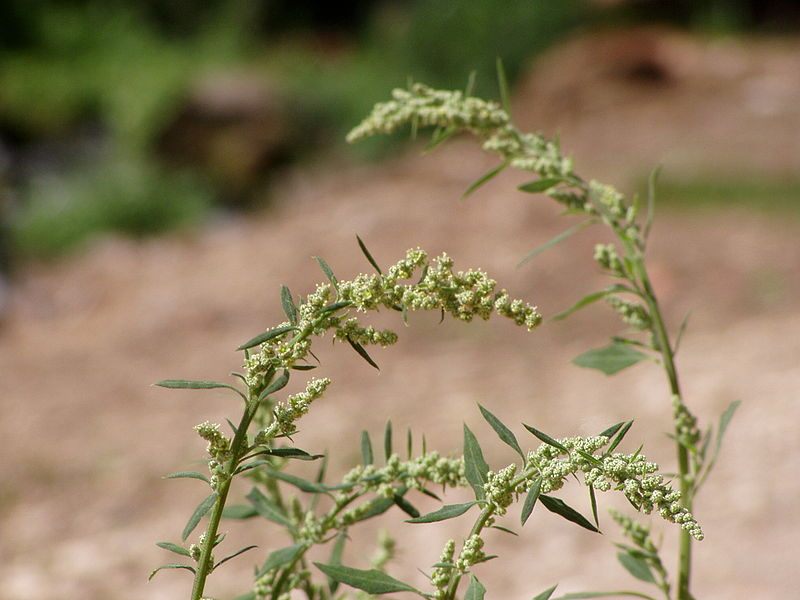
Chenopodium album (lamb’s quarters) Photo: (Julio Reis/Wikimedia)

Capsella bursa-pastoris (shepherd’s-purse) Photo: (Kristian Peters/Wikimedia)
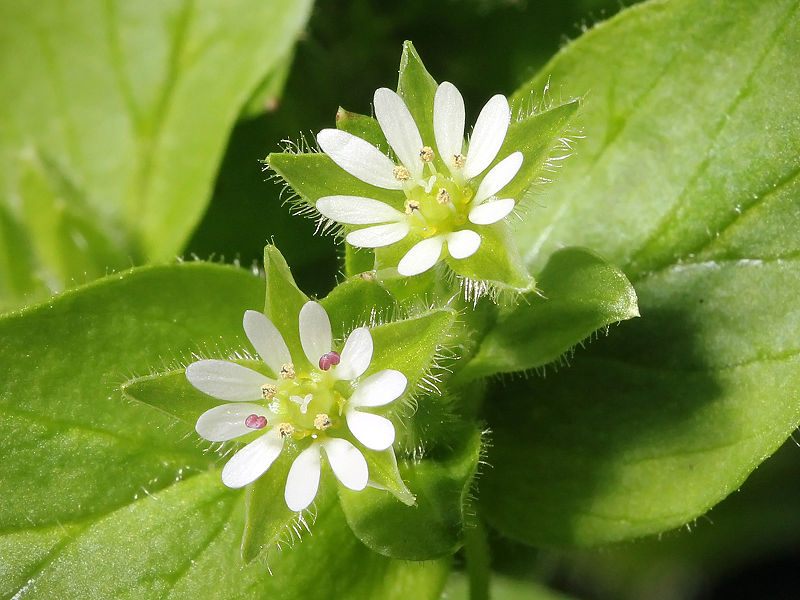
Stellaria media (chickweed) (Photo: Kaldari/Wikimedia)
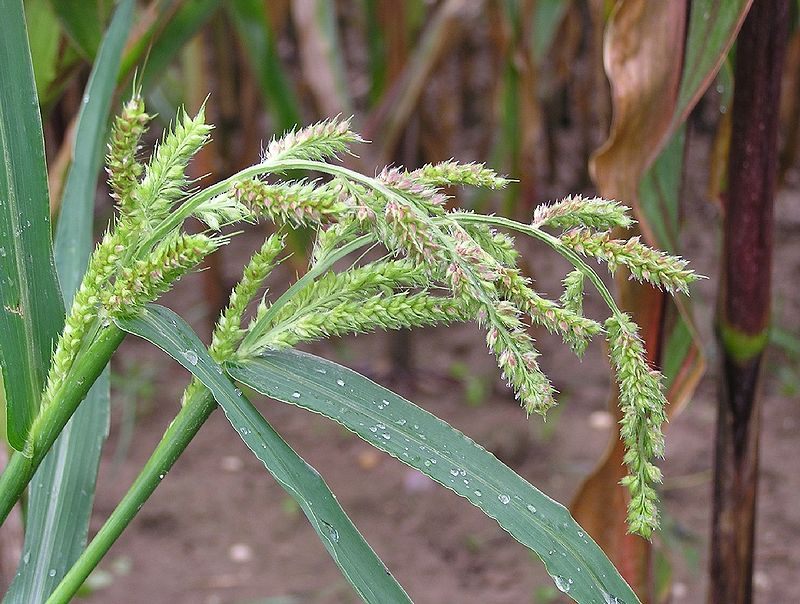
Echinochloa crus-galli (cockspur grass) (Photo: Michael Becker/Wikimedia)

Datura stramonium (Jimson weed) (Photo: Pancrat/Wikimedia)
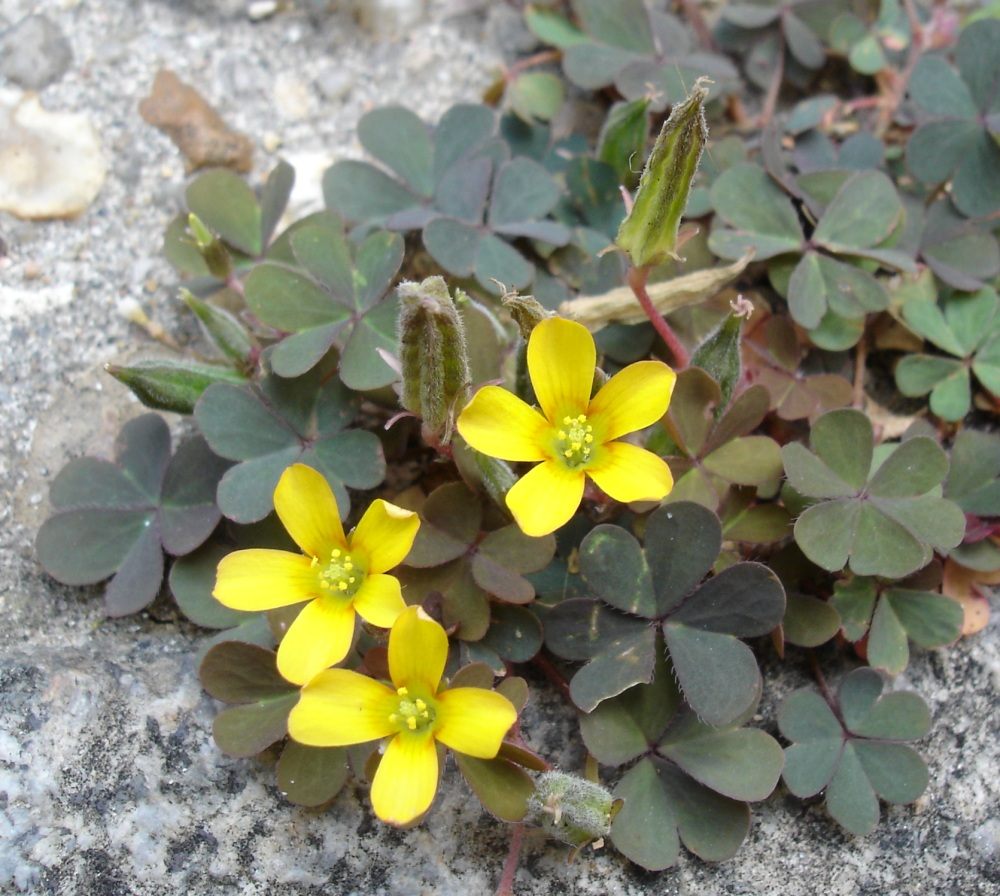
Oxalis corniculata (creeping woodsorrel) (Photo: Bouba/Wikimedia)
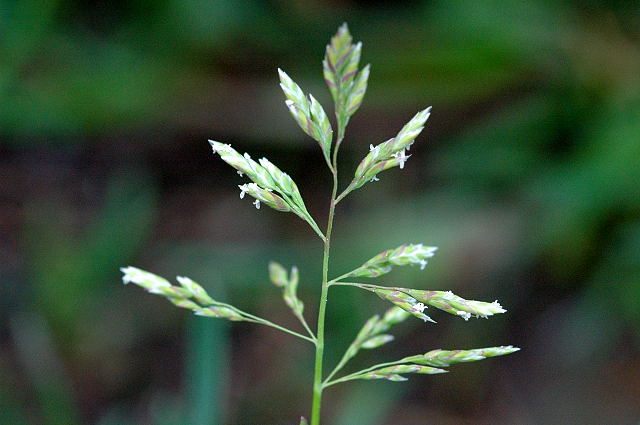
Poa annua (annual bluegrass) (Photo: James K. Lindsey/Wikimedia)













Follow us on Twitter to get the latest on the world's hidden wonders.
Like us on Facebook to get the latest on the world's hidden wonders.
Follow us on Twitter Like us on Facebook